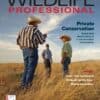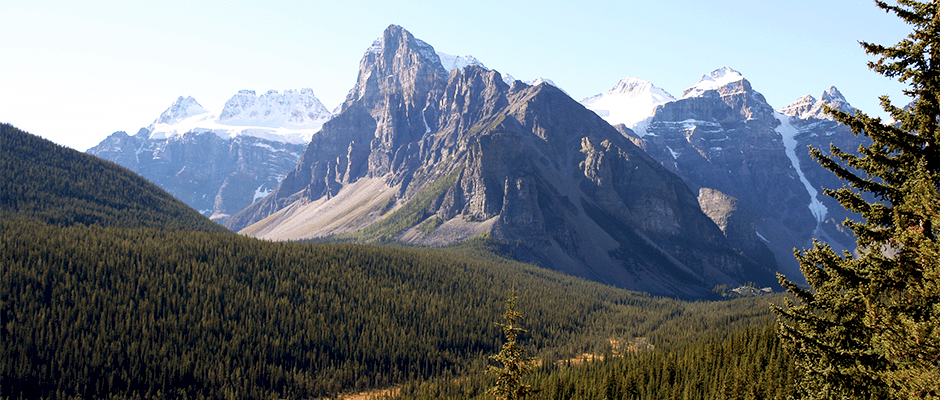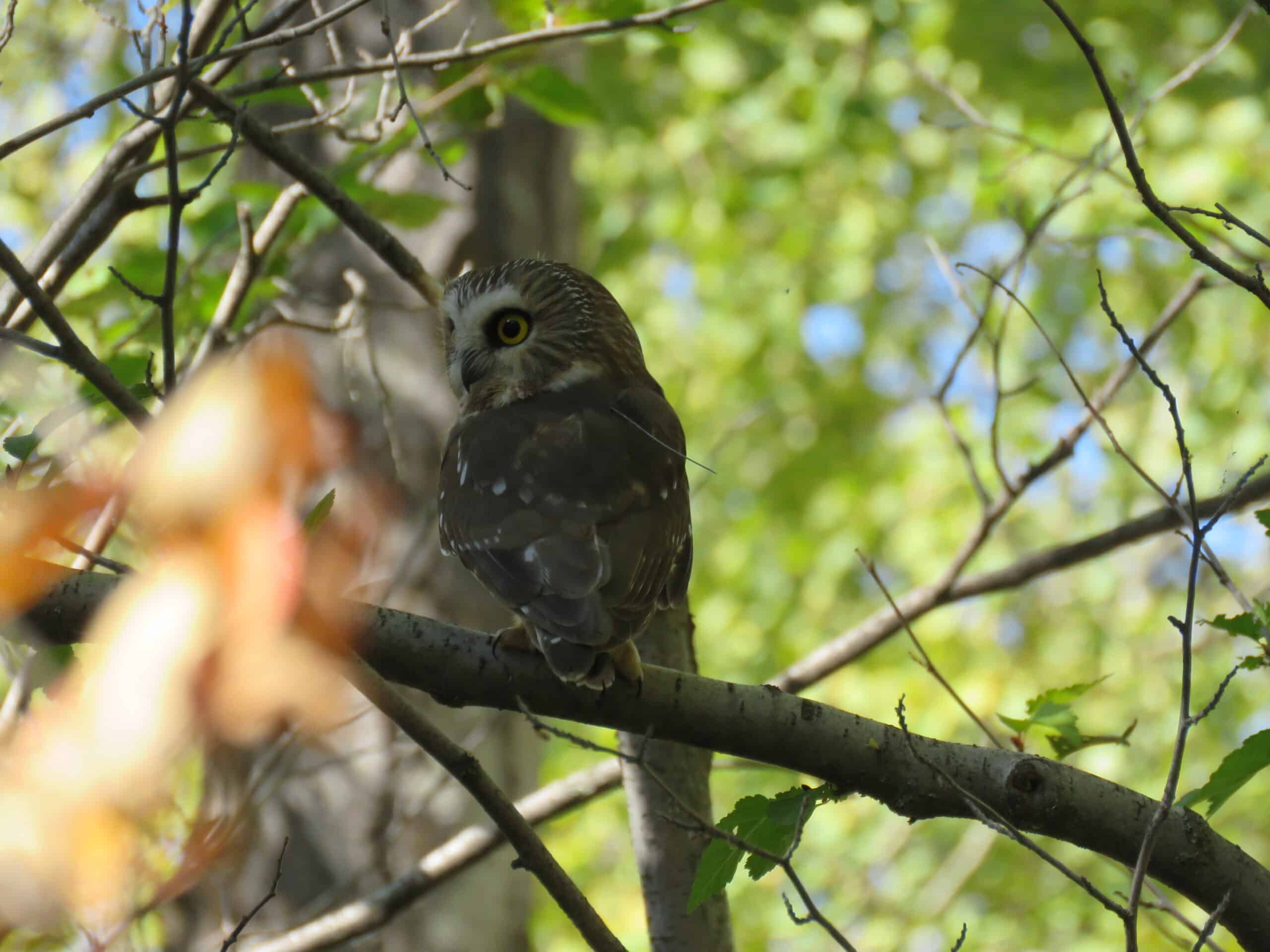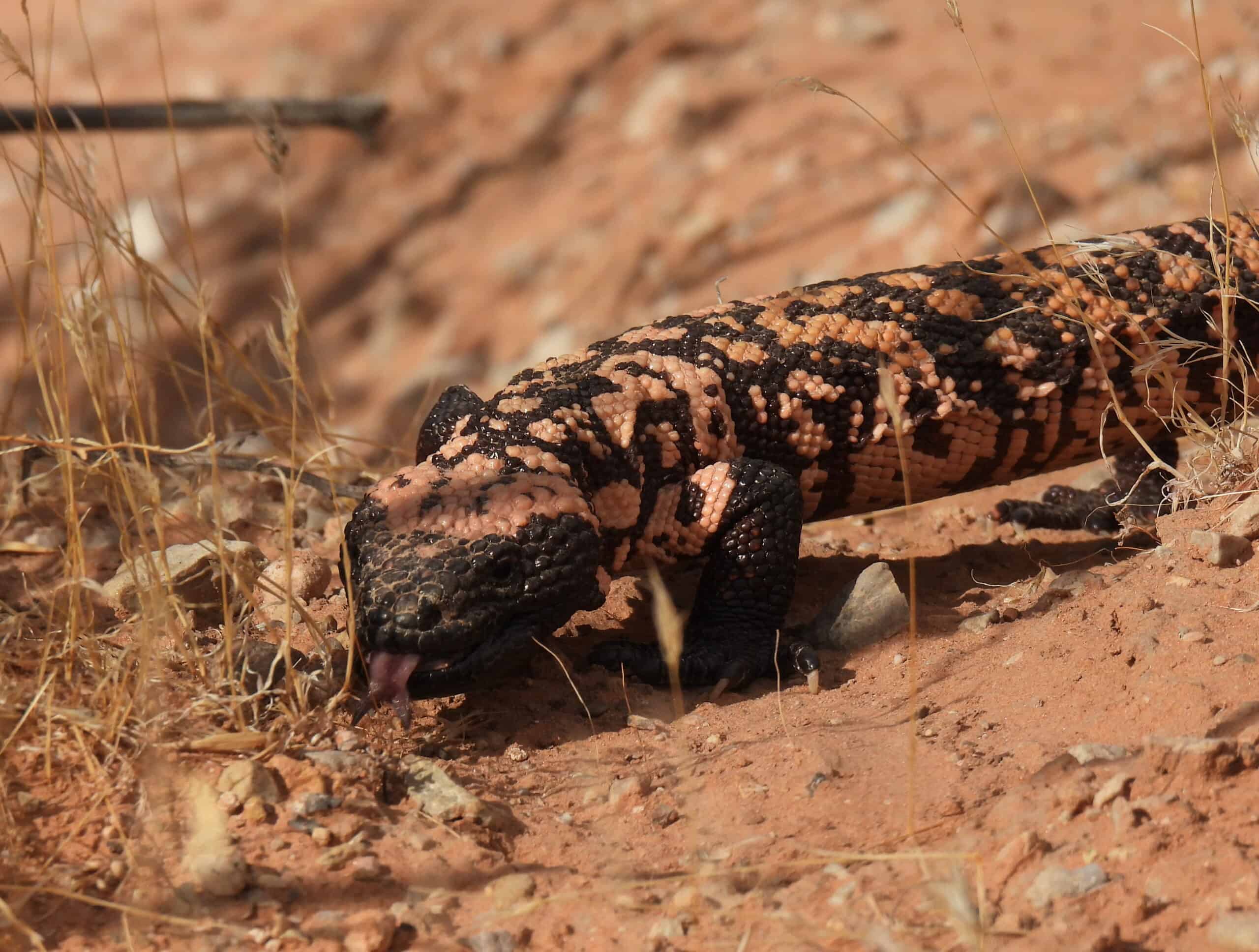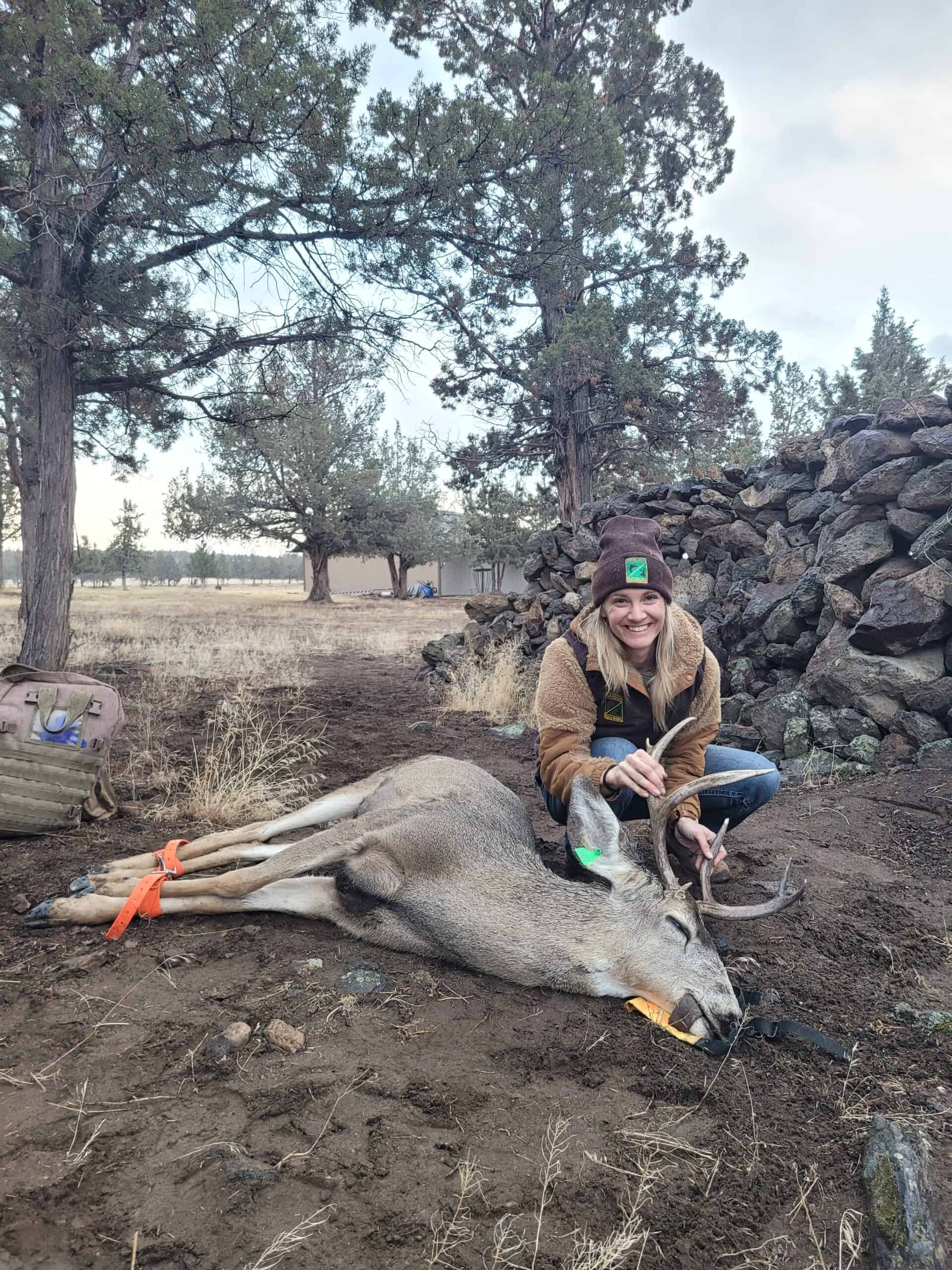Share this article
Report says Canadian ecosystems need improvement
A report recently released by Parks Canada says that almost half the parks in the country include an ecosystem in fair to poor condition.
The agency’s 2016 State of Canada’s Natural and Cultural Heritage Places Report evaluated the conditions of forests, freshwater lakes, wetlands and coastal areas in national parks across the country. Of the 115 ecosystems assessed, 46 percent were rated as fair or poor.
The report is conducted every five years.
The report says freshwater ecosystems are likely to be in good condition or have shown improvement, but forests are in poorer condition, likely due to fire suppression, invasive plants and overpopulations of moose and deer. The report also found that around 200 species listed under the Species at Risk Act are found in one or more of Parks Canada’s heritage places.
Parks Canada Meaghan Bradley said the agency is working to improve these parks.
“Our national parks are part of larger ecosystems that are vulnerable to the changes happening to our environment, such as fragmentation, declining biodiversity and climate change, which in turn influence the state of the park ecosystems,” she said.
Over 90 percent of the national park ecosystems that were measured are either “stable or improving,” Bradley said, due to ongoing restoration initiatives. From 2015 to 2016, Parks Canada conducted 33 projects across 27 sites to reduce threats to ecosystems, reintroduce species, reconnect watersheds and reestablish ecological processes, she said.
“Parks Canada now has one of the best ecological monitoring systems in the world, consisting of more than 700 independent scientific measures to help us to understand and respond to the changes happening to our environment,” she said.
The report found that visitation to heritage places increased 16 percent over the five-year period and suggested that park officials will need to increase their efforts to manage visitor impacts. The increased numbers include visitors to four new national parks the agency added since the previous report, as well as its first national urban park.
Header Image: Banff Mountains in Banff National Park. ©Pascal

